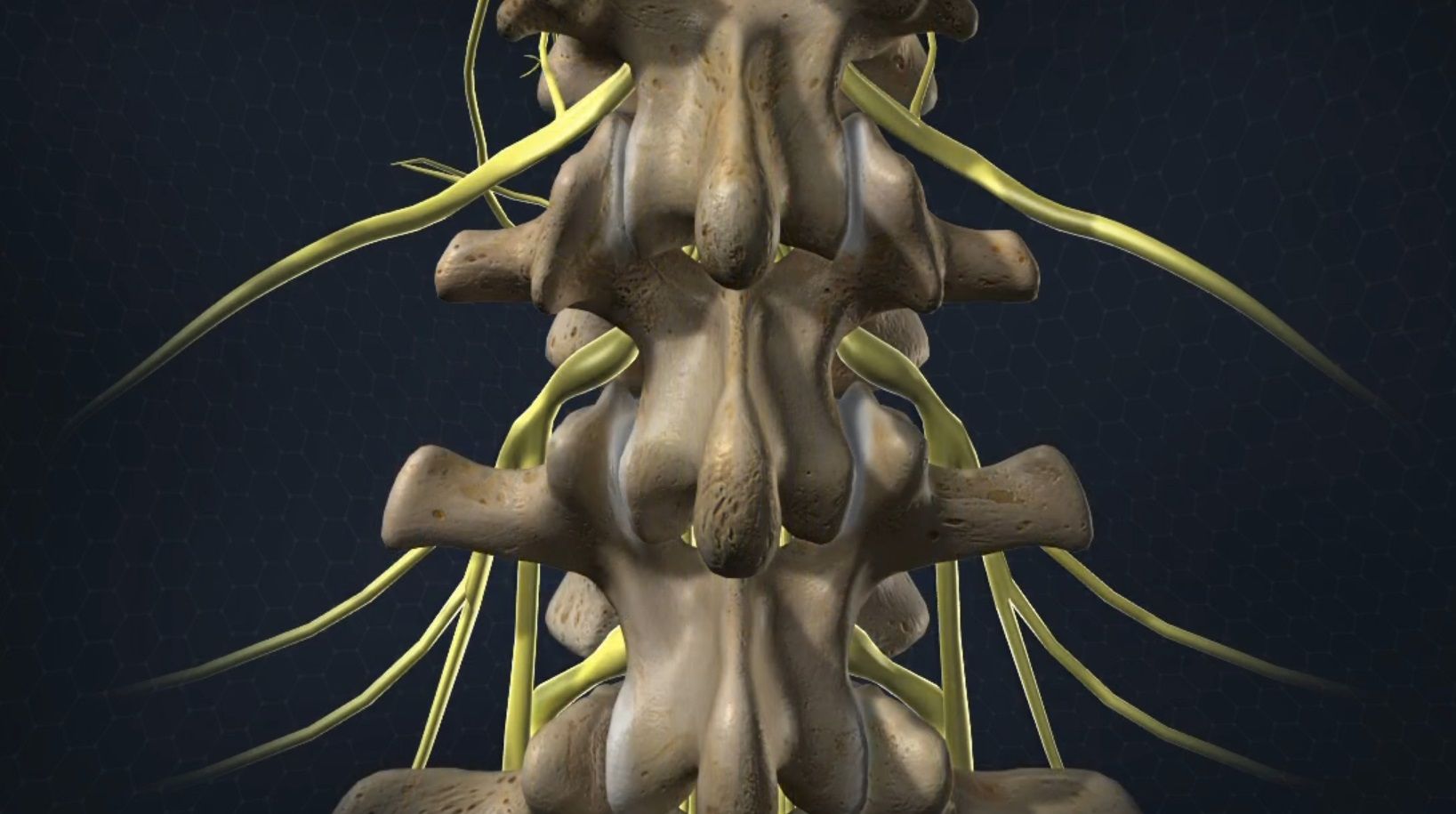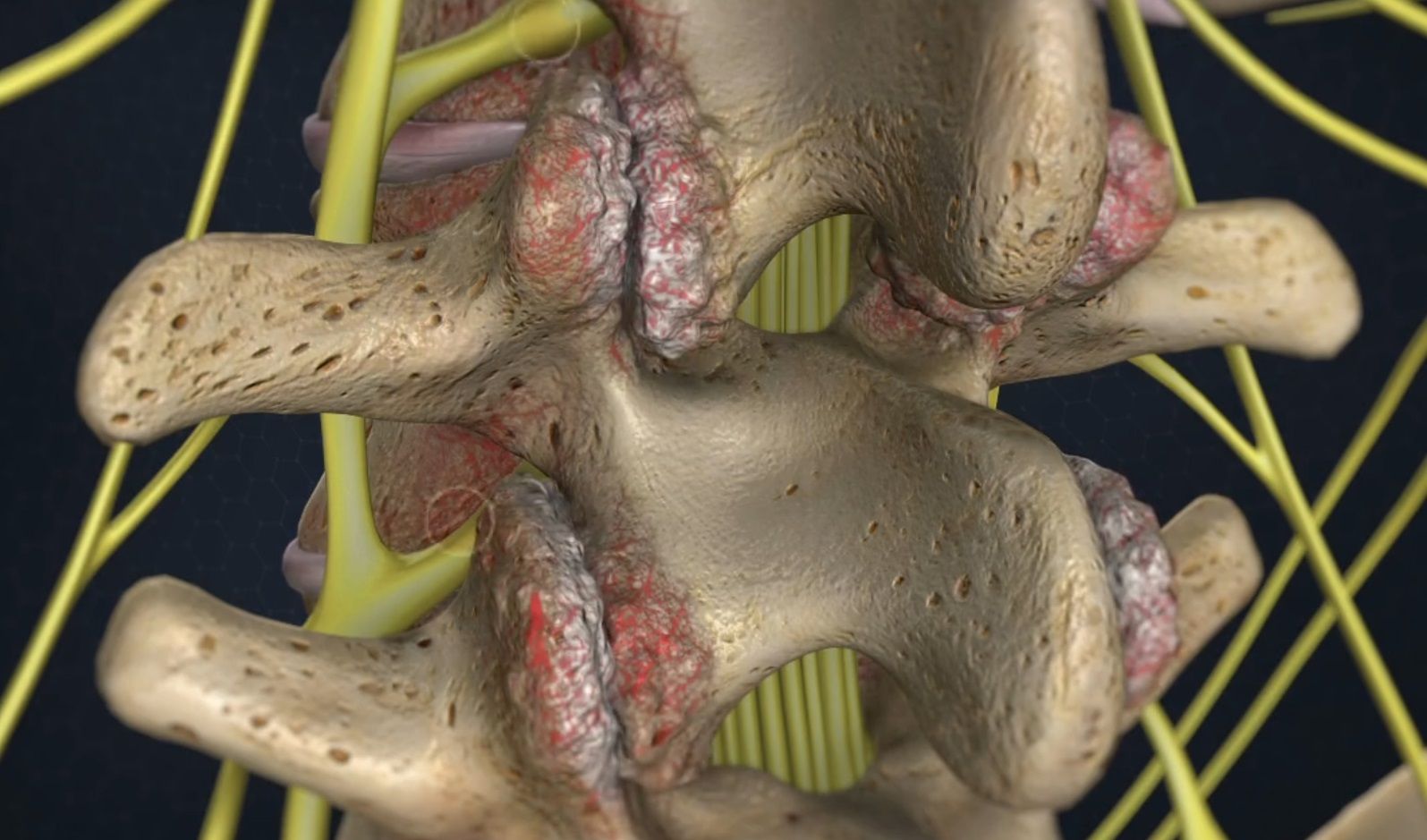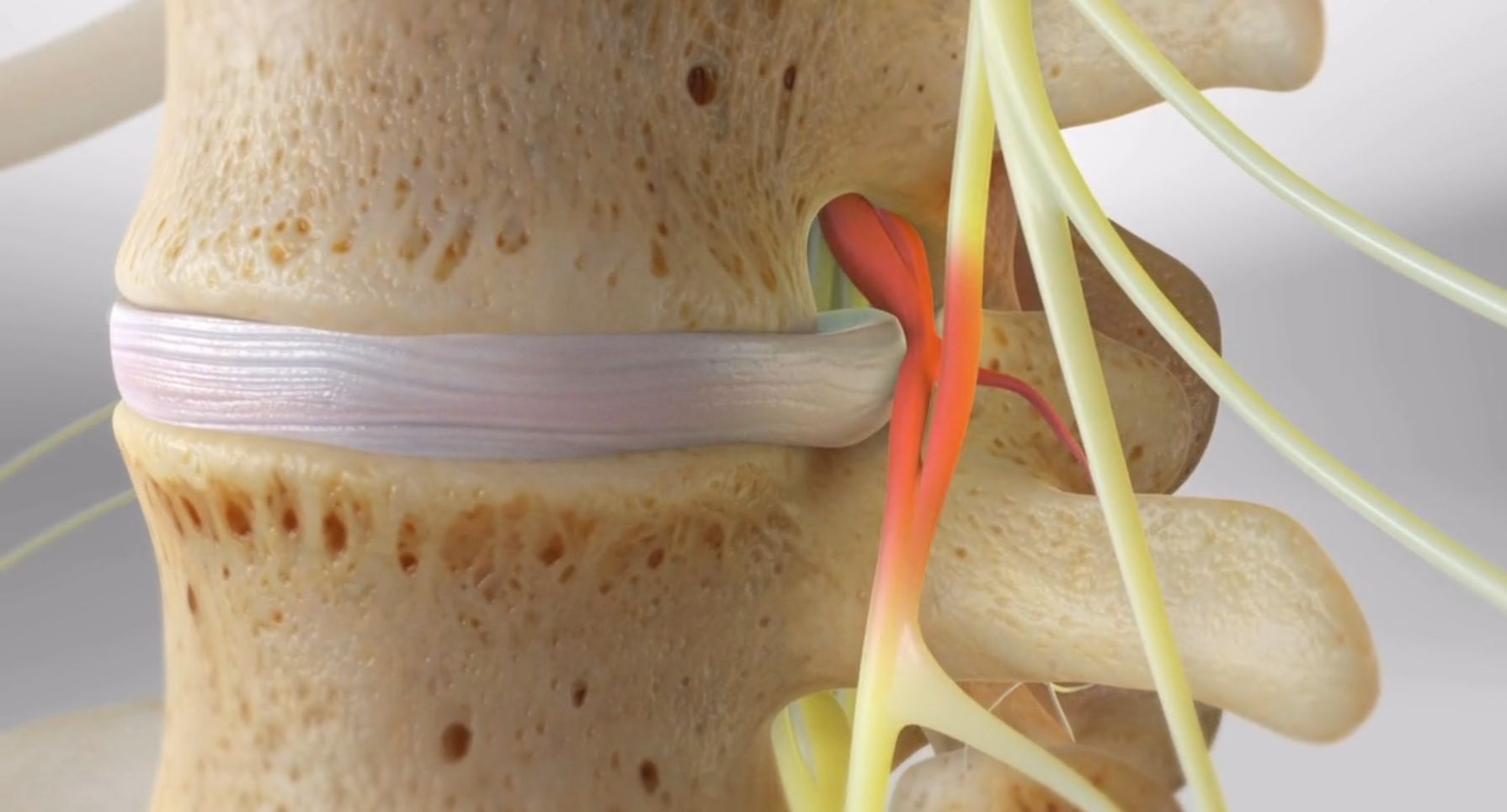Spinal Stenosis
Your spinal nerves travel through your spinal canal and exit through openings we call “foramen.” If any of these spaces are too narrow, your nerves become compressed. We say you have “spinal stenosis.” It’s a problem that most often happens in the neck and lower back.
Spinal Stenosis
Spinal Stenosis
Overview
Your spinal nerves travel exit your spinal canal through openings called foramen. Any narrowing of these openings can compress your nerves, a condition known as spinal stenosis. It usually occurs in the cervical (neck) or lumbar (low back) spine.
Causes
Spinal stenosis has many causes. Some people have a smaller spinal canal. For most, spinal stenosis is due to a change in the anatomy of the spine. Vertebral subluxations cause spinal bones to be out of position, changing the shape of the foramen. Disk herniations can invade the foraminal space, as can bone spurring or osteoarthritis. Tumors can also be a cause of spinal stenosis.
Symptoms
Your symptoms depend on which nerves are affected and how severely they are compressed. You may feel pain, numbness, weakness, and tingling. These symptoms usually flow from the spine to the body part served by the compressed nerve, such as arms, legs, hands, and feet.
Treatment
Treatment options vary. If your spinal stenosis is mild, it may be effectively treated with medication, physical therapy, or injections. More severe stenosis may require surgery to correct.
Revised from www.viewmedica.com © Swarm Interactive. Unauthorized duplication is strictly forbidden.
- Category / Injury




